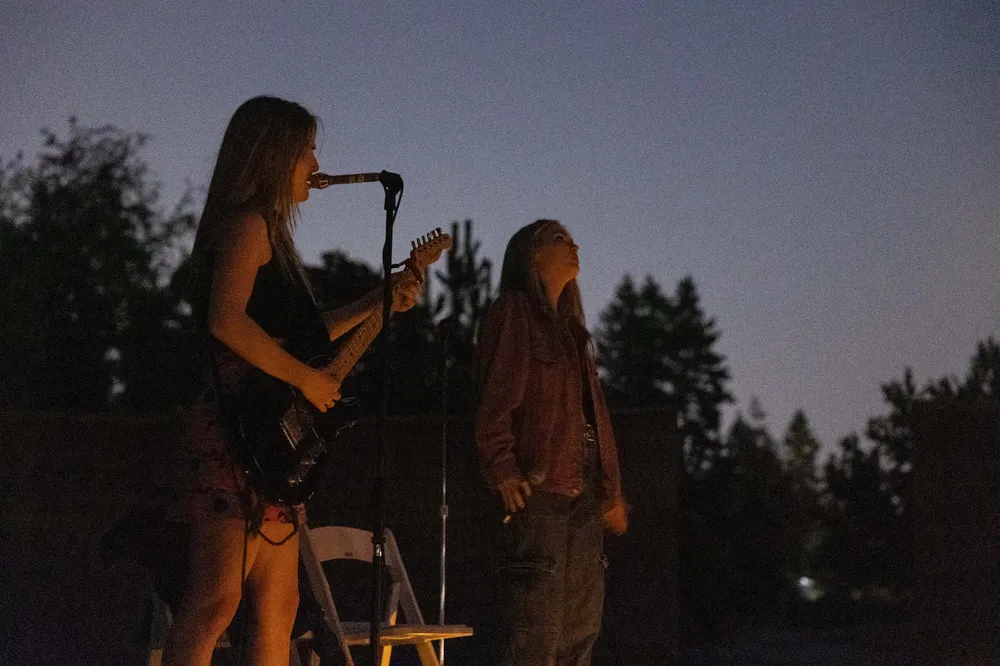Roughly once a year, planetary orbits align to sandwich the Earth directly between the Sun and Saturn, allowing us to see the ringed planet in a rare solar spotlight. On August 27, the UBC Astronomy Club invited stargazers to the UBC Botanical Garden for a chance to look at Saturn at its brightest.
UBC Astronomy Club held a public event called Stargazing with a Show to view Saturn at opposition. Opposition describes when two objects are positioned in opposite directions in the sky when observed from Earth. In the case of Saturn opposition, the Earth is in between the Sun and Saturn. The sun’s light reflects off of Saturn, making it appear bigger and brighter from our vantage point.
In other words, there is a straight-line configuration between the Sun, Earth and Saturn, making it possible for us to easily observe the ringed planet. This is the same effect that makes the moon appear bright and full every month.
The planet was visible with the naked eye, appearing like a bright star, but its rings weren’t observable without a telescope, two of which the club provided at the event.
Students lined up for a chance to view Saturn through the telescopes. Due to the cloudy and smoky sky, Saturn appeared as a hazy light yellow circle with a disc around it — which is still a clearer and more awe-inspiring view than we might get at other points in the planets' orbits.
According to Vlad Grecu, one of the presidents of UBC Astronomy Club and a third year physics and astronomy student, the frequency of opposition depends on the orbital periods of Earth and Saturn.
“Because they're both rotating at different speeds around the Sun, this would probably occur decently rarely.”
Opposition breaks fairly quickly because of the difference in the orbital speeds of the planets around the sun. While the Earth completes its orbit in 365 days, Saturn takes 29.4 Earth years to complete a full orbit around the sun — so their moment of alignment is fleeting. Still, it recurs just about every year.
Astronomy and the wider community
Along with stargazing, the club collaborated with musicians LÉRAL and the band, Fionn. The rhythmic beats of the music synced with the astronomical theme of the night, creating a harmony between the sounds and the sky.
When asked about the reason for the musical collab, Grecu said, “We're just looking for any way to get as many people as possible to engage with astronomy and music is a delightful way to do that.”
Grecu believes that astronomy is for everyone because all of us have access to the sky.
“I just think it's important to recognize that there's so much more beyond the horizon of just the earth,” he said.
Witnessing the scope of the universe can be an enriching and mind-expanding experience for astrophysics experts and amateur stargazers alike.
“I think [astronomy] does matter for a lot of people as well, just being able to recognize the sheer scale of the universe that we all have to share.”
Share this article
First online






